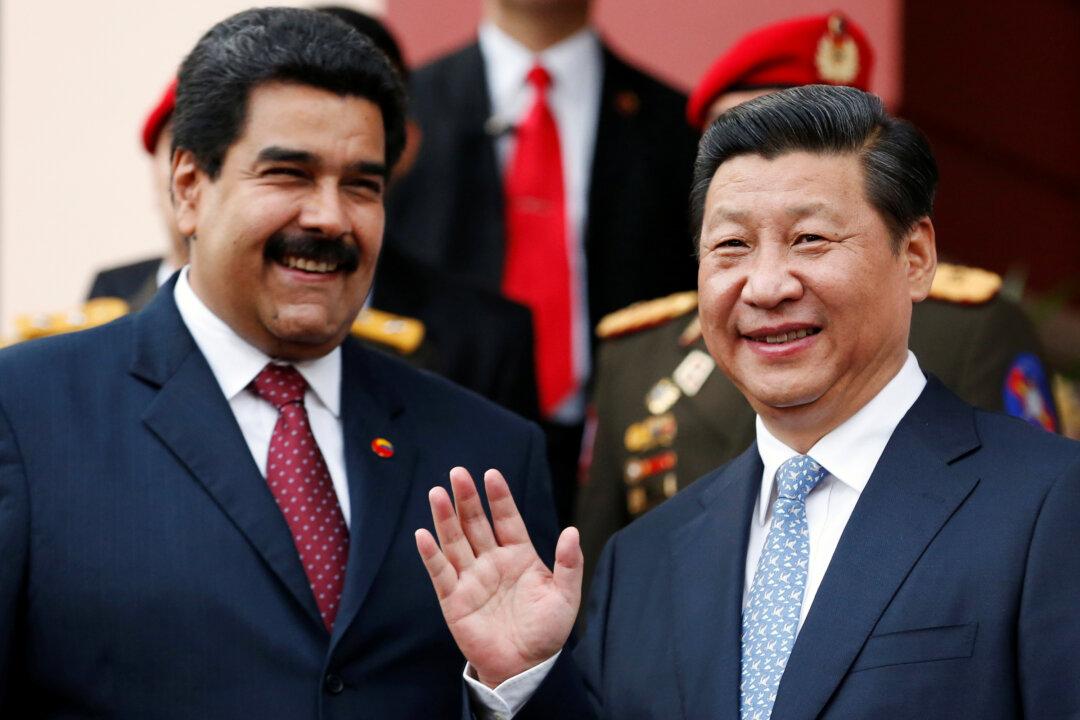SANTA CRUZ, Bolivia—China’s reach within Latin America continued to expand in 2021, capping a 20-year trend of the Asian giant’s growth and influence through trade.
From 2000 to 2020, trade between China and Latin American and Caribbean countries sprouted from $12 billion to $315 billion. In 2021, bilateral exchanges grew by another 31.6 percent.





